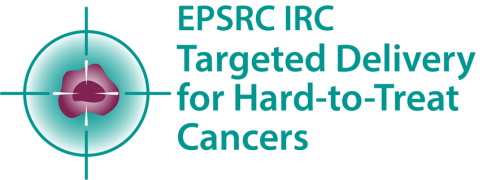
This part of the programme supports the manufacturing journey of the delivery technologies. To optimise the path from laboratory to clinic, it is critical that material and device research is tackled simultaneously with fabrication and manufacturing research that will firstly translate the materials into novel dosage forms and structures, and will secondly allow the move to validation in the clinical environment without damaging the intended function and optimising bioavailability.
Our delivery and manufacturing activity includes:
- Quantifying change in function and structure of high capacity vehicles and gels in relation to manufacturing, larger-scale production and in-use forces, such as injection from syringe and extrusion into cavity.
- Fabricating high aspect ratio implantable devices using scalable medium/high throughput techniques, such as lithography, and also digital techniques, including inkjet printing, laser sintering and electrohydrodynamic printing.
- Developing an industrially-relevant multi-scale modelling tool to guide material/process combinations and enable future rapid translation to the clinic.
These three initiatives will guide formulation work to ensure that our programme optimises bioavailability of the active therapeutic component. This will enable compatibility with the industrialisation dimension, where the physical design, product characterisation and specifications have to be defined along with the capacity to produce at the required volume.


